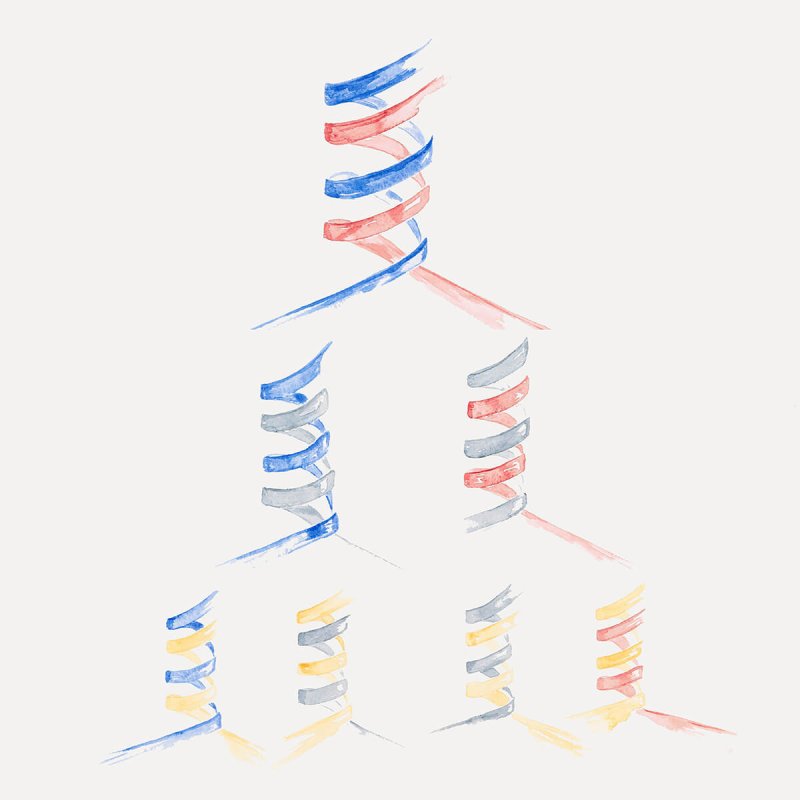Anyone who has worked with DNA in the laboratory is undoubtedly familiar with PCR. Invented in 1985, PCR is an indispensable molecular biology tool that can replicate any stretch of DNA, copying it billions of times in a matter of hours, providing enough DNA to use for applications like forensics, genetic testing, ancient DNA analysis or medical diagnostics.
It’s hard to overstate the transformation that PCR brought to the world of molecular biology and biomedical research. Suddenly, researchers could amplify and study DNA in a way that had been simply impossible before, kickstarting the genetics revolution that’s still going strong today.
So where did this revolutionary technology come from? Officially, PCR was invented in 1985 by a colorful character named Kary Mullis, who won a Nobel Prize for the discovery. But, as we’ll see, all the components of PCR were in place by the early 1980s thanks to the work of scientists like Arthur Kornberg and Har Gobind Khorana—it just took a creative leap to assemble them into one blockbusting technique.
Then, the discovery of Thermus aquaticus in the hot springs of Yellowstone National Park by Thomas Brock in the 1960s, the isolation of the thermostable Taq polymerase from that bacterium in 1976 by Alice Chien and John Trela from the University of Cincinnati, and the subsequent invention of automatic thermocyclers paved the way for the simple, one-step PCR process that has transformed laboratories across the world.
Full show notes, transcript, music credits and references online at GeneticsUnzipped.com.
Genetics Unzipped is the podcast from the UK Genetics Society, presented by award-winning science communicator and biologist Kat Arney and produced by First Create the Media. Follow Kat on Twitter @Kat_Arney, Genetics Unzipped @geneticsunzip, and the Genetics Society at @GenSocUK
Listen to Genetics Unzipped on Apple podcasts (iTunes), Spotify, or wherever you get your podcasts.































